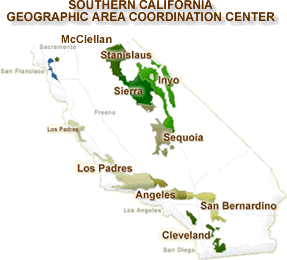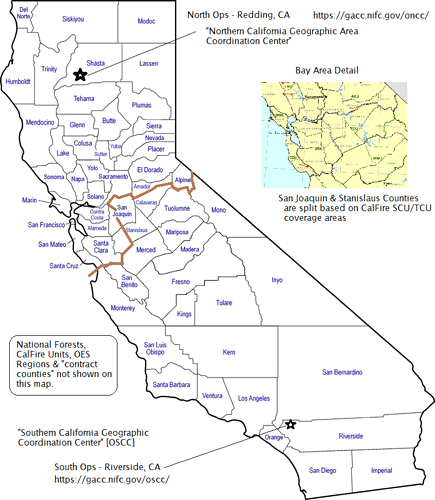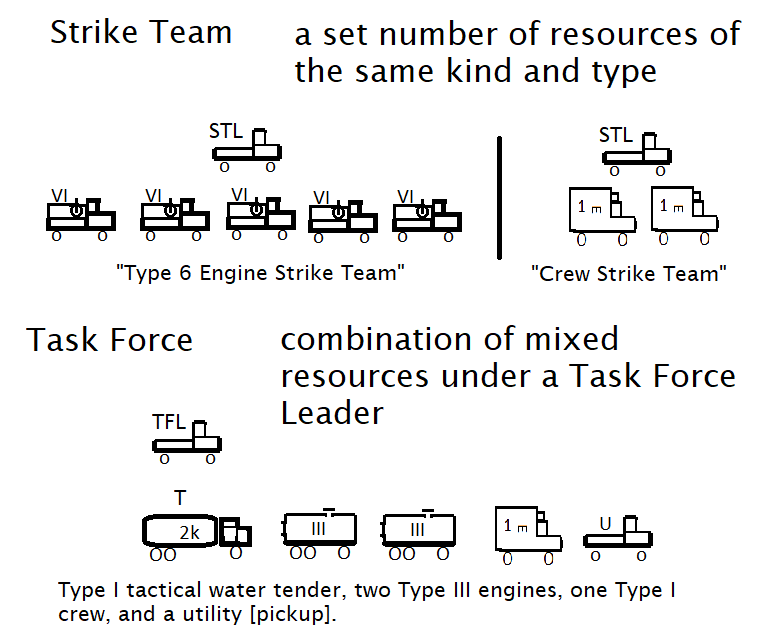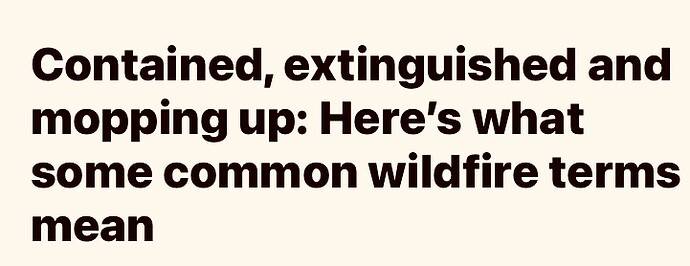More technical language.
Fire Weather
“Fire Weather Watch”
Issued when weather conditions could exist in the next 12 to 72 hours. A Fire Weather Watch is one level below a Warning, but fire danger is still high. Could include low relative humidity, strong winds, possibility of dry lightning strikes.
“Red Flag Warning”
Issued for weather events which may result in extreme fire behavior that will occur within 24 hours. Extreme caution is urged by all residents because a single spark can cause a major wildfire. Potential for extreme fire behavior.
Source: Welcome to Red Flag Warnings & Fire Weather Watches
Video: Did you Know Red Flag - YouTube
Evacuation Terminology
“Evacuation Order”
Immediate threat to life. This is a lawful order to leave now. The area is lawfully closed to public access. [CA Penal Code § 409.5 ]
[ The danger is IMMINENT and SERIOUSLY IMPERILS or ENDANGERS the lives of those in the defined area! ]
“Generally residents will not be forcibly removed from their own property however those found to be on public property including roadways and public parks may be subject to removal from the area. Once out of the area, the general public (including residents) will not be permitted to return until conditions permit.” – Ventura County OES, Fire & Sheriff joint memo, 6/1/2020
“Evacuation Warning” Potential threat to life and/or property. Those who require additional time to evacuate, and those with pets or livestock should leave now. [The threat is not yet imminent, but residents are advised to prepare for the issuance of an Evacuation Order. Persons with mobility impairments.]
“Shelter In Place” Go indoors. Shut and lock doors and windows. Prepare to self-sustain until further notice and/or contacted by emergency personnel for additional direction.
“Evacuation Order(s) Lifted” The formal announcement of lifting evacuations in an area currently under evacuation.
Source: CAL-OES Memo, 15 May 2020, “Standard Statewide Evacuation Terminology”
http://calalerts.org/evacuations.html
Ventura County OES, Fire & Sheriff joint memo, 6/1/2020
https://www.toaks.org/home/showpublisheddocument?id=28012
Traffic Control Terminology
Hard Road Closure - Closed to all traffic except Fire and Law Enforcement.
Soft Road Closure - Closed to all traffic except Fire, Law Enforcement & critical incident resources (i.e. Utility, CalTrans, City/County Roads, etc. or those needed to repair or restore infrastructure.
Resident Only Closure - Soft closure with the additional allowance of residents and local government agencies assisting with response and recovery. Documentation may be required.
“Sig Alert” CalTrans: any traffic incident that will tie up two or more lanes of a freeway for two or more hours. CHP: any unplanned event that causes the closing of one lane of traffic for 30 minutes or more.
Lane Closure - Individual lanes will be closed. Lanes are numbered from the median to the outside shoulder. (i.e. Left shoulder, #1 lane, #2 lane, #3 lane, right shoulder.)
One-Way Closure - Traffic will be controlled by flaggers who will direct motorists to stop or continue; only one direction of traffic can go at a time. Expect delays and follow directions of traffic control personnel.
Long Term Closure - A lane or road closure scheduled for more than 24 hours.
Media Access - Media may not interfere with emergency response, nor may media enter a secured crime scene. “Nothing in this section shall prevent a duly authorized representative of any news service, newspaper, or radio or television station or network from entering the areas closed pursuant to this section.” [CA Penal Code § 409.5 (d) ]
Traffic Source: CAL-OES Memo, 15 May 2020, “Standard Statewide Evacuation Terminology”
CalTrans: FAQs | Caltrans







